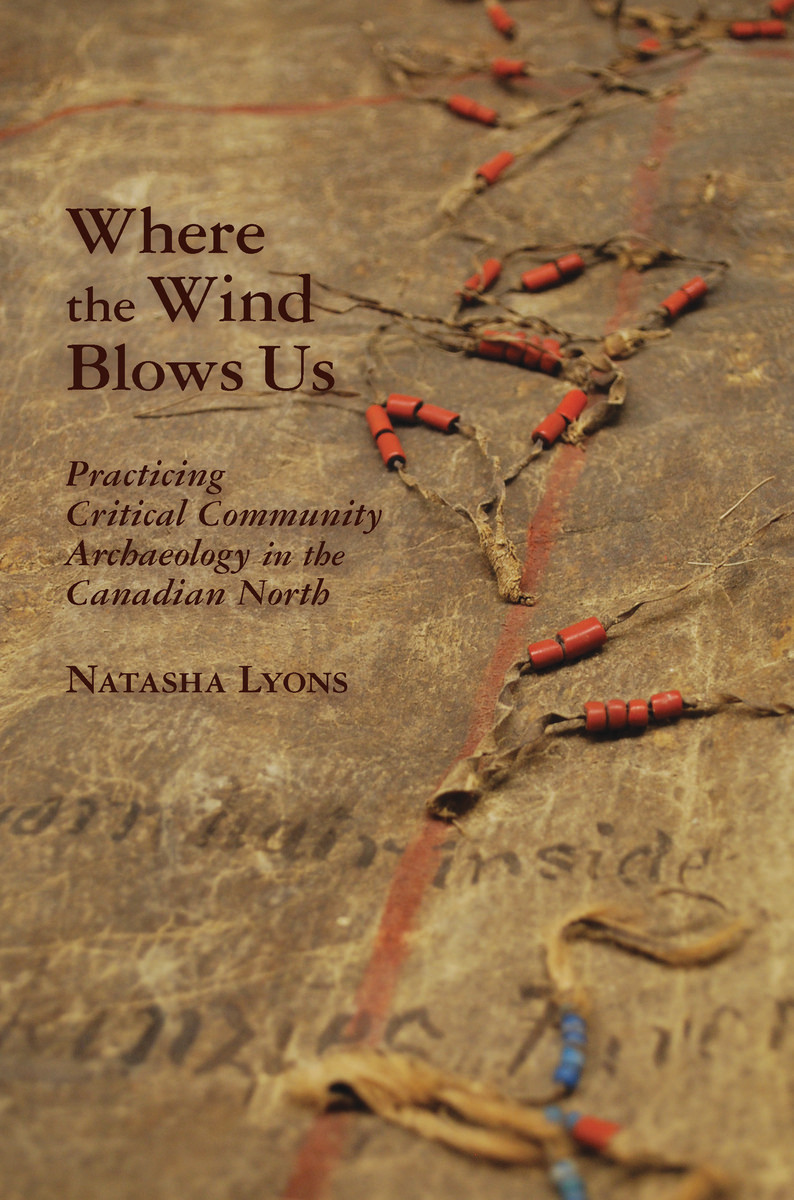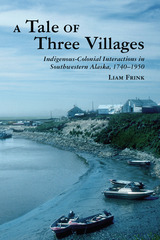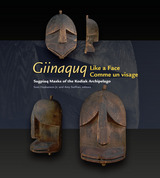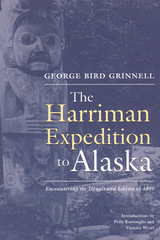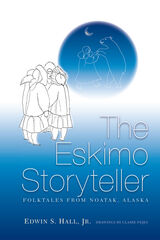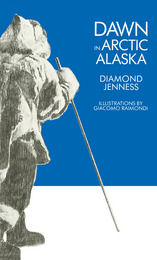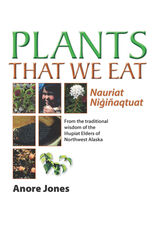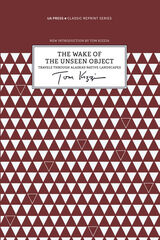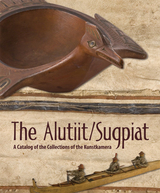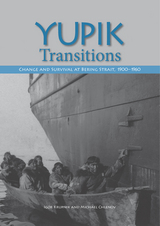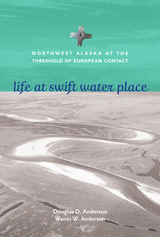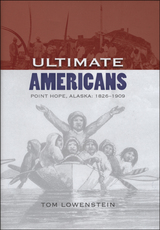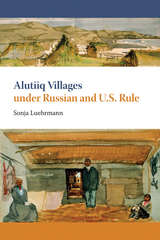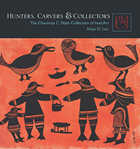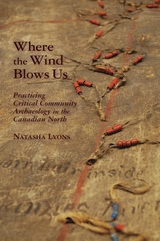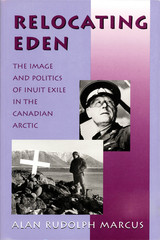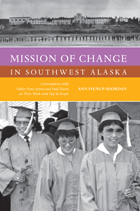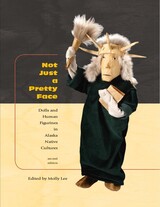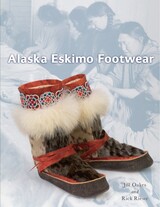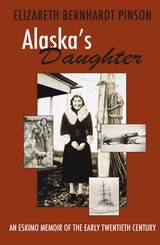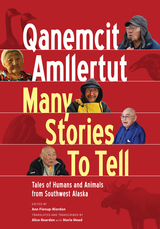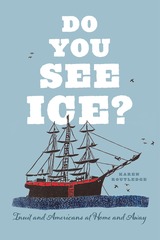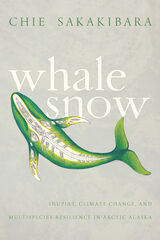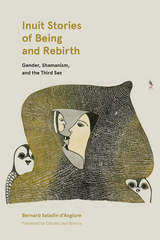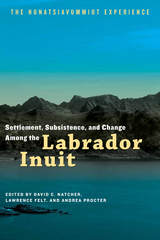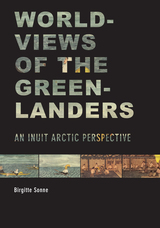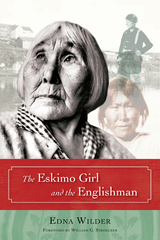Where the Wind Blows Us: Practicing Critical Community Archaeology in the Canadian North
University of Arizona Press, 2013
Cloth: 978-0-8165-2993-3 | eISBN: 978-0-8165-9919-6
Library of Congress Classification E99.E7L93 2013
Dewey Decimal Classification 971.901
Cloth: 978-0-8165-2993-3 | eISBN: 978-0-8165-9919-6
Library of Congress Classification E99.E7L93 2013
Dewey Decimal Classification 971.901
ABOUT THIS BOOK | AUTHOR BIOGRAPHY | REVIEWS | TOC
ABOUT THIS BOOK
Where the Wind Blows Us unites critical practice with a community-based approach to archaeology. Author Natasha Lyons describes an inclusive archaeology that rests on a flexible but rigorous approach to research design and demonstrates a responsible, ethical practice. She traces the rise and application of community archaeologies, develops a wide-ranging set of methods for community practice, and maps out a “localized critical theory” that is suited to the needs of local and descendant communities as they pursue self-defined heritage goals. Localized critical theory aims to decenter the focus on global processes of capitalism in favor of the local processes of community dynamics. Where the Wind Blows Us emphasizes the role of individuals and the relationships they share with communities of the past and present.
Lyons offers an extended case study of her work with the Inuvialuit community of the Canadian Western Arctic. She documents the development of this longstanding research relationship and presents both the theoretical and practical products of the work to date. Integrating knowledge drawn from archaeology, ethnography, oral history, and community interviews, Lyons utilizes a multivocal approach that actively listens to Inuvialuit speak about their rich and textured history.
The overall significance of this volume lies in outlining a method of practicing archaeology that embraces local ways of knowing with a critically constructed and evolving methodology that is responsive to community needs. It will serve as a handbook to mine for elements of critical practice, a model of community-based archaeology, and a useful set of concepts and examples for classroom study.
Lyons offers an extended case study of her work with the Inuvialuit community of the Canadian Western Arctic. She documents the development of this longstanding research relationship and presents both the theoretical and practical products of the work to date. Integrating knowledge drawn from archaeology, ethnography, oral history, and community interviews, Lyons utilizes a multivocal approach that actively listens to Inuvialuit speak about their rich and textured history.
The overall significance of this volume lies in outlining a method of practicing archaeology that embraces local ways of knowing with a critically constructed and evolving methodology that is responsive to community needs. It will serve as a handbook to mine for elements of critical practice, a model of community-based archaeology, and a useful set of concepts and examples for classroom study.
See other books on: Antiquities | Archaeology | Canada, Northern | Inuvialuit Eskimos | Where
See other titles from University of Arizona Press
